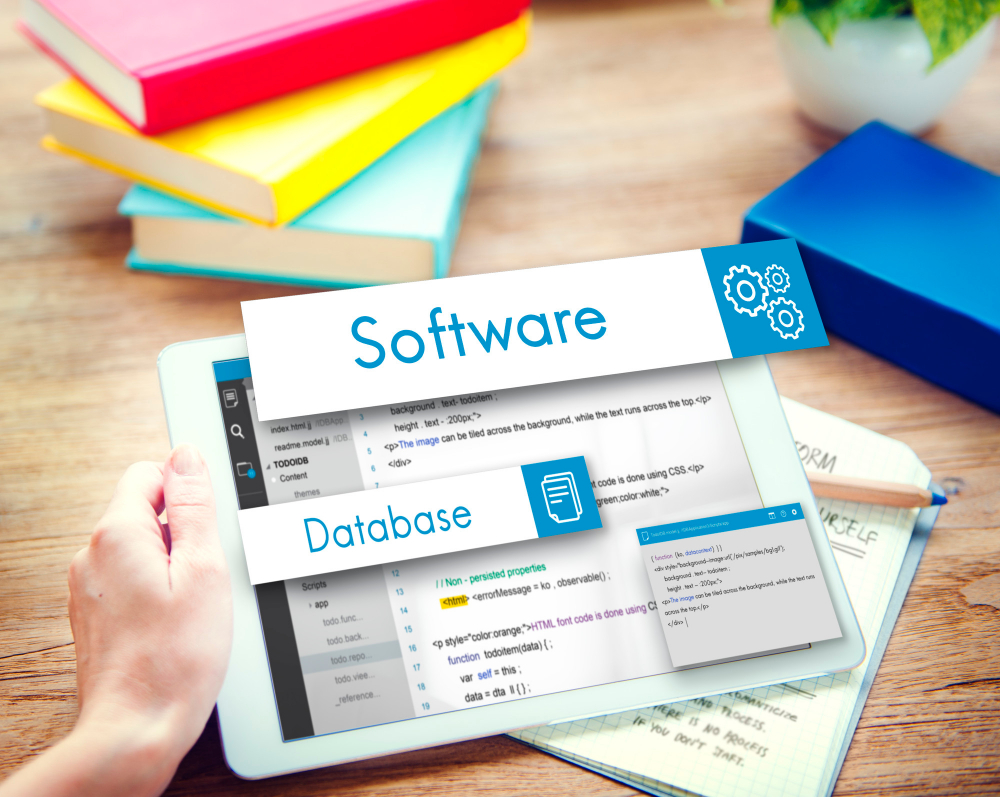Is Your Business Buying the Right Hardware? A Comprehensive Guide to Smart Procurement
- Business Strategy, Business Technology, Cost Management
In today’s technology-driven landscape, the right hardware can significantly influence a business’s efficiency, productivity, and overall success. However, with the myriad of options available, making the right choice can often feel overwhelming. This blog post will guide you through essential considerations and strategies to ensure that your business is investing in the right hardware to meet its needs.
Understanding Your Business Needs
Before diving into the specifics of hardware procurement, it’s crucial to understand the specific requirements of your business. Each organization has unique needs based on its size, industry, and operational demands. Here are some factors to consider:
1. Assess Current and Future Needs
Current Workloads: Analyze the current demands placed on your hardware. Are your existing systems slowing down or unable to handle specific applications?
Future Growth: Consider your business’s growth trajectory. Will your hardware need to scale to accommodate increased workloads or additional users?
2. Evaluate Performance Requirements
Different hardware components serve different purposes. When determining what to purchase, ask yourself:
What Applications Will Be Used? Understanding the types of software and applications your employees will use is vital. High-performance applications like graphic design software or database management systems require more robust hardware.
What Level of Performance Is Needed? Evaluate whether your business requires standard performance for everyday tasks or high performance for resource-intensive applications.
Key Hardware Components to Consider
1. Desktops and Laptops
Choosing the right computing devices is foundational for your workforce. Consider:
Form Factor: Desktop vs. Laptop. If your employees are frequently on the move, laptops may be the better option. Desktops typically offer more power and easier upgrade options.
Specifications: Ensure that the hardware specifications—CPU, RAM, storage type—align with your performance needs.
2. Servers
If your business hosts applications or stores significant amounts of data, investing in the right server infrastructure is critical:
On-Premises vs. Cloud: Decide whether you want to host your servers on-premises or in the cloud. Both have pros and cons, and the right choice will depend on your business model and needs.
Scalability: Choose a server solution that can grow with your business.
3. Networking Equipment
A strong network is essential for business operations. Evaluate:
Routers and Switches: Ensure that your networking hardware can handle the required bandwidth and number of connections.
Wireless Access Points: With the increasing demand for mobile devices, consider investing in robust wireless access points to maintain connectivity.
4. Storage Solutions
Choosing the right storage solution is vital for data management and accessibility:
Types of Storage: Assess whether you need traditional hard drives (HDDs) or faster solid-state drives (SSDs).
Capacity and Redundancy: Ensure that your storage solution has sufficient capacity and redundancy (e.g., RAID configurations) to protect against data loss.
Key Considerations for Smart Hardware Procurement
1. Total Cost of Ownership (TCO)
While initial purchase price is important, TCO provides a more comprehensive view of the costs associated with hardware over its entire lifecycle, including:
Purchase Price: The upfront cost of the hardware.
Maintenance and Support: Ongoing expenses for technical support, upgrades, and repairs.
Energy Consumption: Hardware can significantly impact energy bills; energy-efficient options can save money in the long run.
2. Vendor Reputation and Support
Selecting a reputable vendor is crucial. Consider:
Quality of Products: Research vendor reviews and case studies to assess the reliability of their products.
Customer Support: Evaluate the level of support provided by the vendor, including warranty options, technical assistance, and repair services.
3. Compatibility and Integration
Ensure that any new hardware is compatible with your existing systems. This includes:
Software Compatibility: Verify that your operating systems and applications are supported on the new hardware.
Integration with Current Infrastructure: Ensure seamless integration with existing hardware to avoid disruptions.
Best Practices for Successful Hardware Procurement
1. Involve Stakeholders
Engage relevant stakeholders early in the procurement process. Input from IT teams, finance departments, and end-users can help align the hardware with business objectives and user needs.
2. Conduct a Pilot Program
Before making large-scale purchases, consider running a pilot program with a small group of users. This allows you to test the hardware’s performance and gather feedback before committing to a broader rollout.
3. Document Your Procurement Process
Maintain detailed records of all procurement activities, including communications with vendors, purchase orders, and contracts. This documentation is vital for audits and future procurement planning.
Conclusion
In the fast-paced world of technology, buying the right hardware is essential for optimizing business performance and ensuring long-term success. By understanding your specific needs, evaluating key components, and following best practices in procurement, your organization can make informed decisions that enhance productivity and drive growth. Remember, investing in the right hardware today is an investment in your business’s future.



